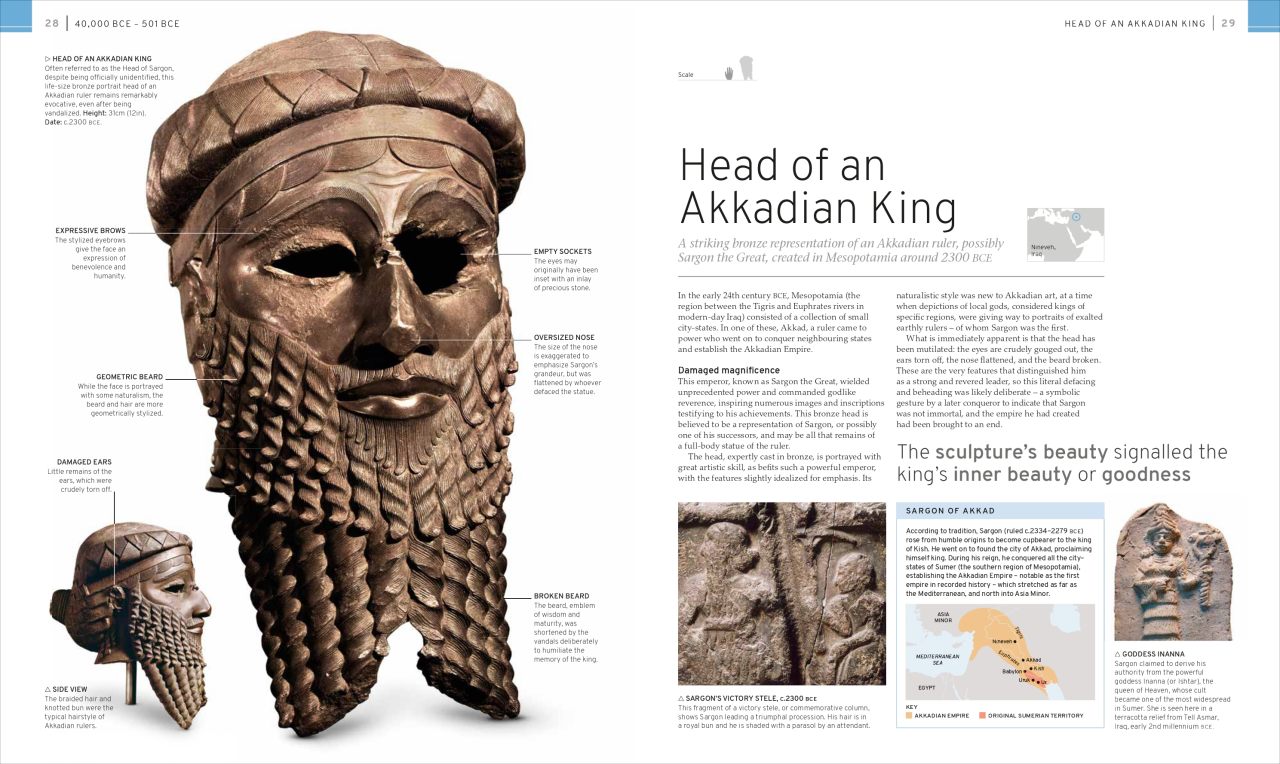6 astonishing artefacts you've likely never heard about
Throughout history, every country and culture has certain artefacts that are prized above all others, from ancient bone idols lost for millennia to modern masterpieces cherished by millions. When thinking of these ancient relics, your mind will probably race to the likes of King Tutankhamun’s dazzling funerary mask or the extraordinary Terracotta Army. But have you ever discovered the Nebra Sky Disc – considered the oldest astronomical chart in history? Or the spectacular Tillya Tepe hoard, which offers a unique insight into Afghanistan’s cultural heritage?
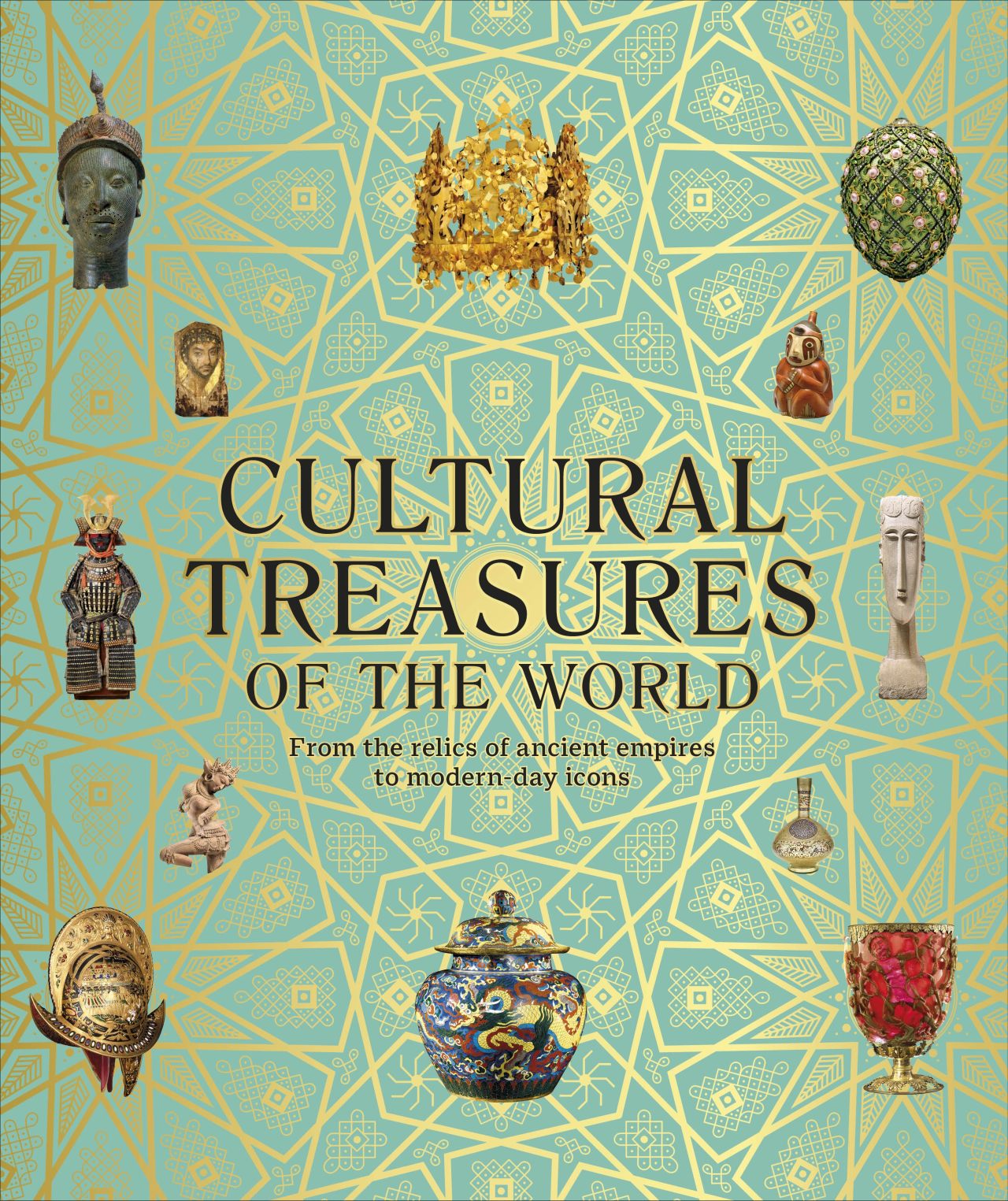
Tillya Tepe Hoard
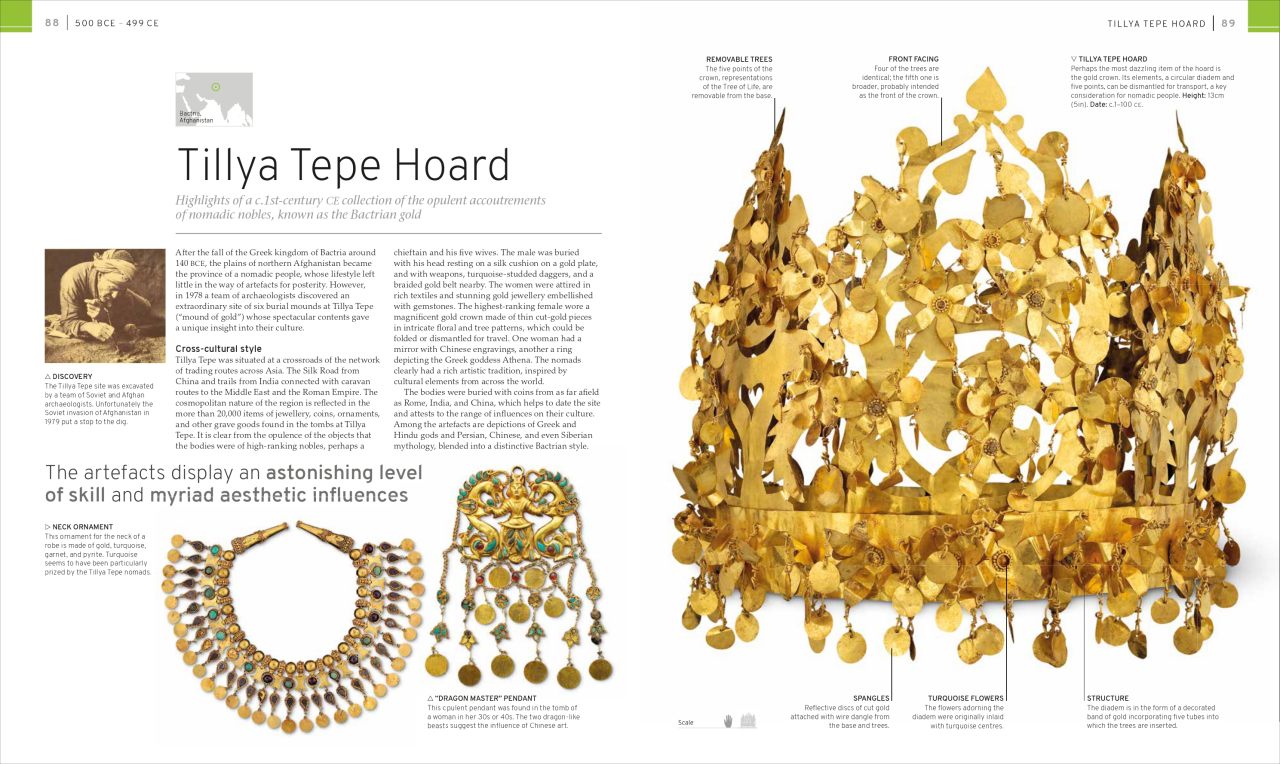
Igbo-Ukwu Bronze Wares

Death Mask of Pakal
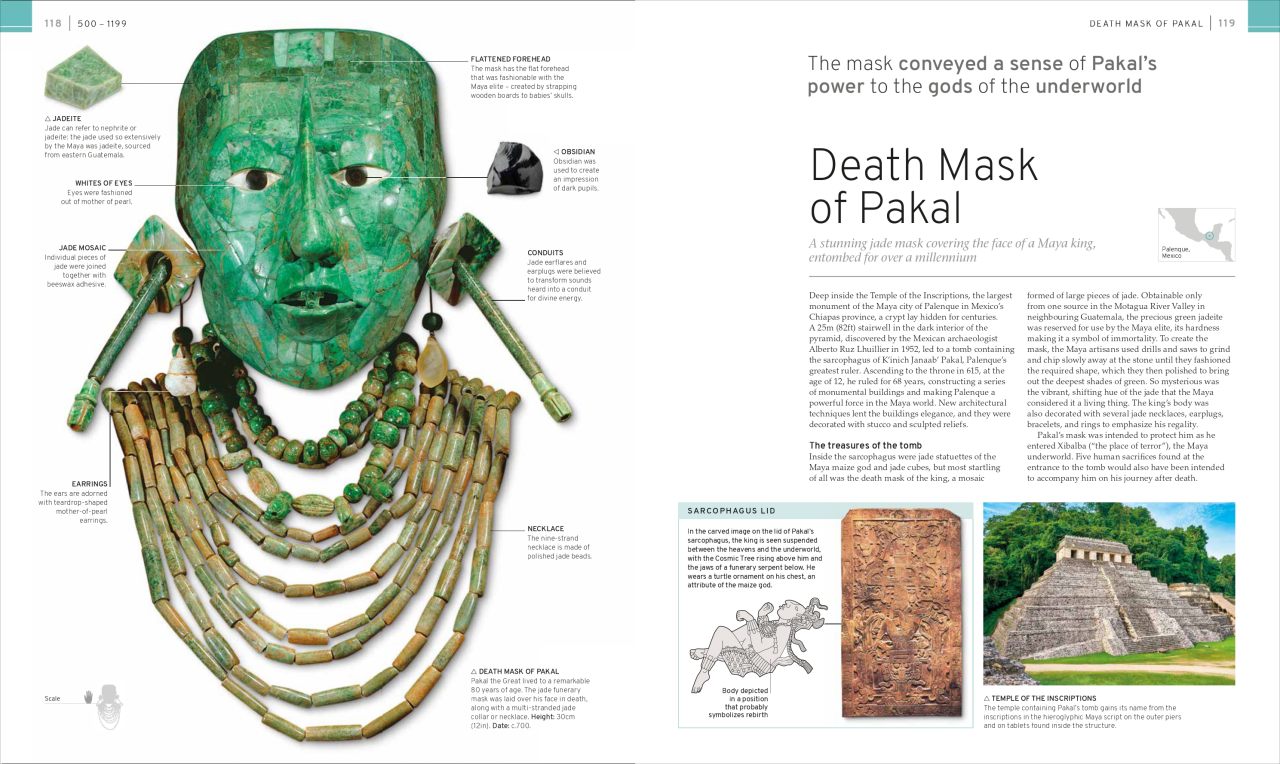
Naztec Figure Vessels
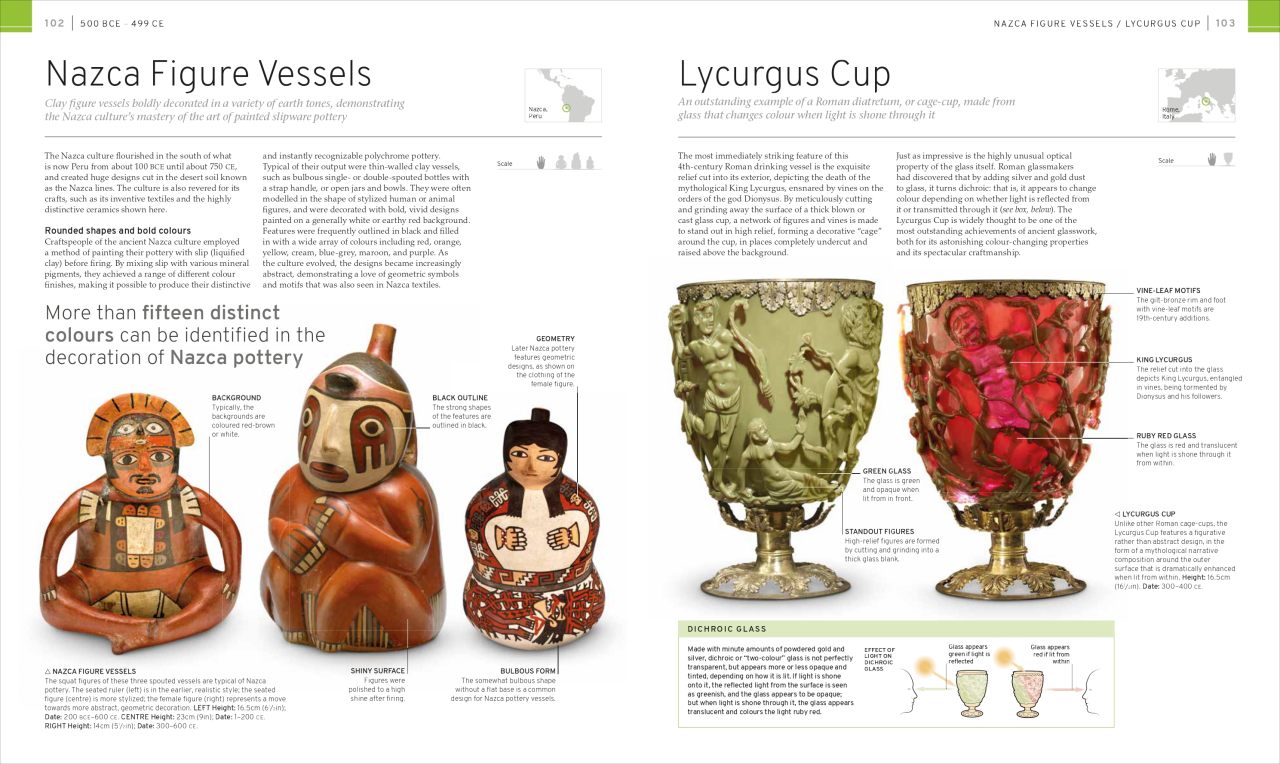
Nebra Sky Disc
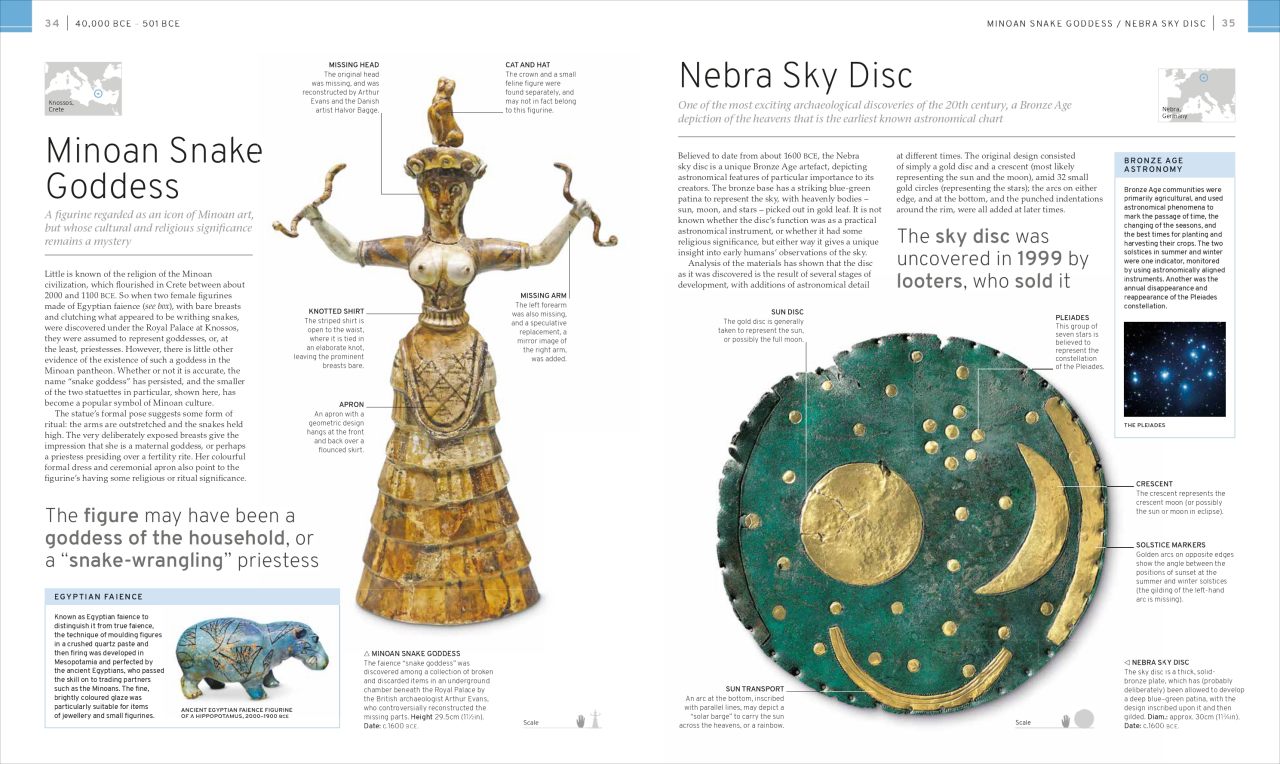
Whilst it remains unknown whether the disc’s function was as a practical astronomical instrument, or whether it had some religious significance, it does offer a unique insight into early humans’ observations of the sky.
Head of an Akkadian King
